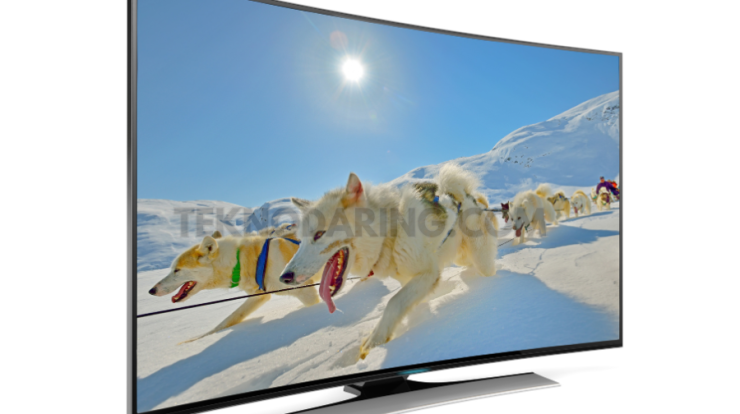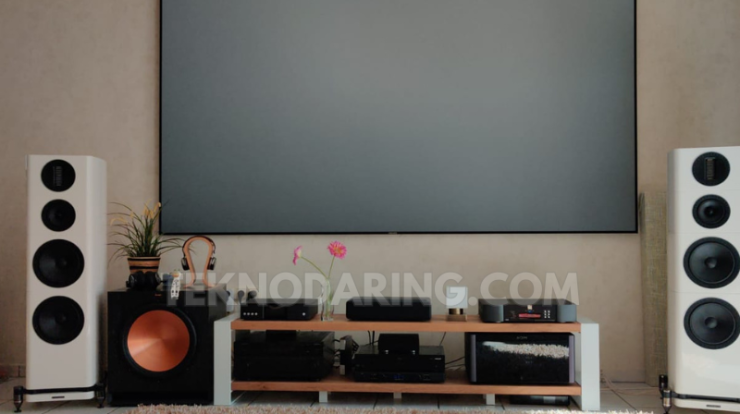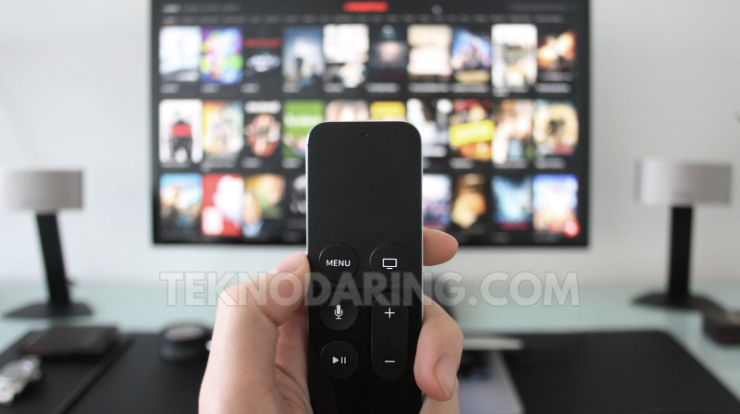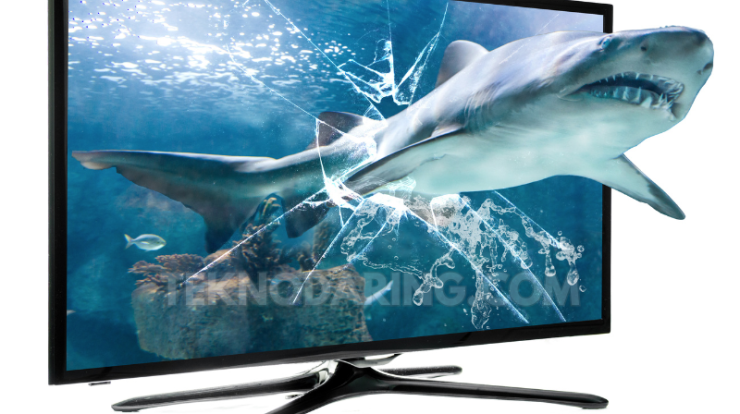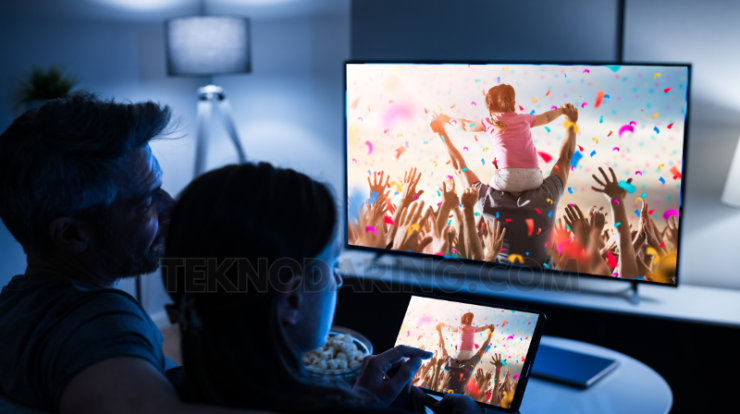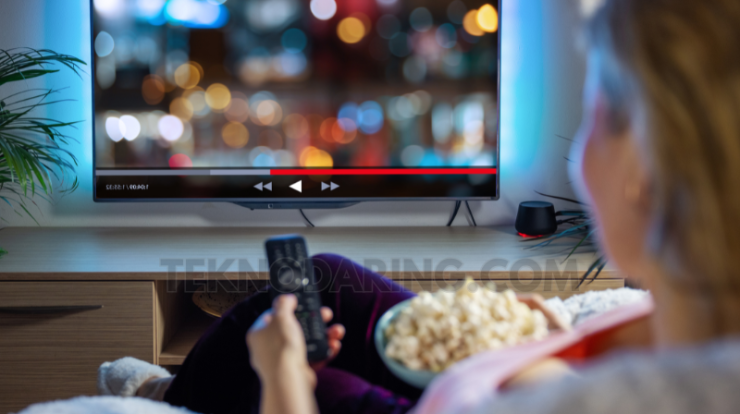
TV Lifespan FAQs – If you’re investing in a new TV, you likely want to ensure it will last for years. Different TV types—OLED, QLED, LED, and LCD—vary in durability and lifespan. Below, we answer some of the most frequently asked questions about TV longevity and how to maximize the lifespan of your display.
Which TV Lasts Longer: LED or LCD?
LED TVs generally outlast LCD TVs because they are built with higher-quality components and more advanced technology.
✔ LED TVs – Use light-emitting diodes (LEDs) for illumination, making them more energy-efficient and durable.
✔ LCD TVs – Rely on fluorescent backlighting, which tends to wear out faster over time.
Verdict: LED TVs have a longer lifespan than LCDs due to superior construction and efficient lighting technology.
Can a TV Last 10 Years?
Yes! Most modern TVs—whether OLED, QLED, or LED—can last well beyond 10 years if they are properly maintained. Even budget-friendly models can reach this milestone with proper care, such as:
✅ Lowering the brightness to reduce screen wear.
✅ Turning off the TV when not in use to prevent overheating.
✅ Keeping it well-ventilated to avoid internal damage.
With regular maintenance, you can easily extend your TV’s life past a decade.
Can OLED TVs Last 10 Years?
Yes, OLED TVs are built to last! With proper care, an OLED TV can easily exceed 10 years of use.
How to extend OLED lifespan:
✔ Lower the brightness – Prevents pixel degradation and burn-in.
✔ Turn it off when not in use – Reduces power consumption and heat buildup.
✔ Enable pixel refresh functions – Helps reset and protect the screen over time.
By following these steps, your OLED TV can last for a decade or more without major issues.
Does OLED or QLED Last Longer?
OLED TVs generally outlast QLED TVs due to their self-illuminating pixels.
✔ OLED TVs – Each pixel produces its own light, reducing strain on the display.
✔ QLED TVs – Rely on a backlight, which wears out faster with prolonged use.
Verdict: OLED TVs have a longer lifespan if properly maintained. However, QLED TVs can still last many years with proper brightness management.
Which Lasts Longer: LED or QLED?
LED TVs tend to last slightly longer than QLED TVs because QLED displays require higher energy consumption for their backlight technology.
✔ LED TVs – Consume less power, leading to slower wear over time.
✔ QLED TVs – Require stronger backlighting, which can degrade faster with high brightness settings.
Tip: Lowering the brightness on QLED TVs can extend their lifespan significantly.
Is It Bad to Leave an OLED TV on All Day?
Yes, leaving any TV on for 24 hours is not recommended, especially for OLED TVs.
Why it’s bad for OLED TVs:
❌ Increases power consumption – Leads to overheating and unnecessary wear.
❌ Risk of burn-in – Static images left on the screen can permanently damage pixels.
❌ Shortens lifespan – Overuse strains the internal circuits and display panel.
✅ Solution: Turn off your OLED TV when not in use and avoid leaving static images on the screen for extended periods.
Final Thoughts: Maximizing Your TV’s Lifespan
To ensure your TV lasts as long as possible, follow these best practices:
✔ Lower brightness settings – Prevents screen wear and backlight degradation.
✔ Turn it off regularly – Avoids overheating and pixel burn-in.
✔ Ensure proper ventilation – Keeps internal components cool and functional.
TV Lifespan FAQs – By taking proper care of your OLED, QLED, LED, or LCD TV, you can maximize its lifespan and enjoy high-quality viewing for years to come!

